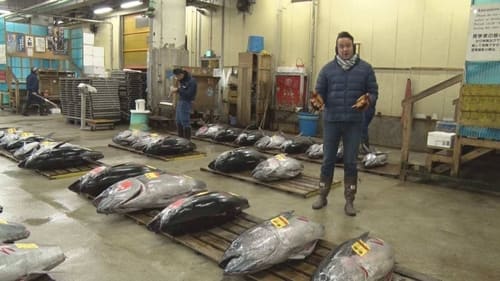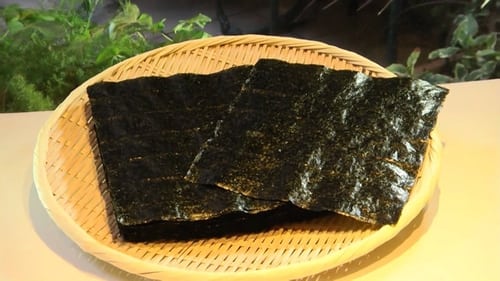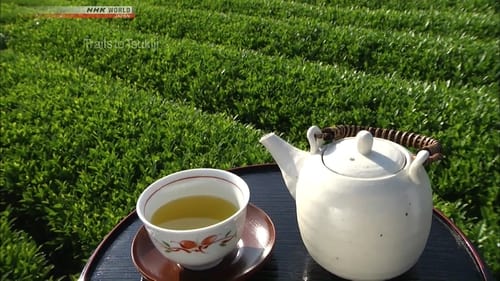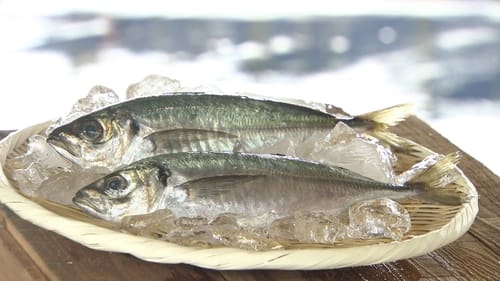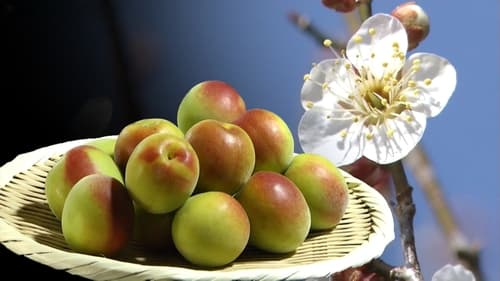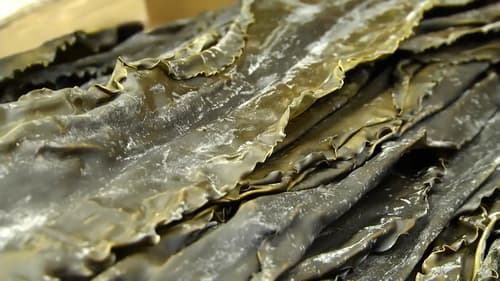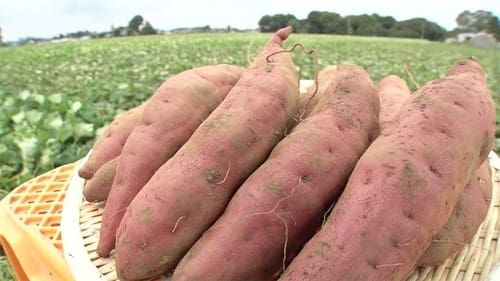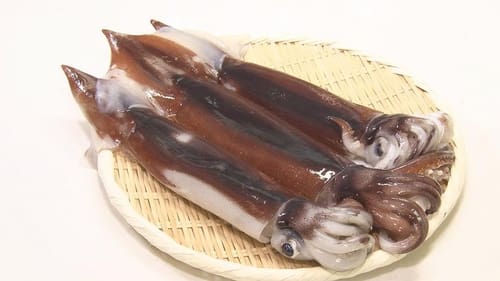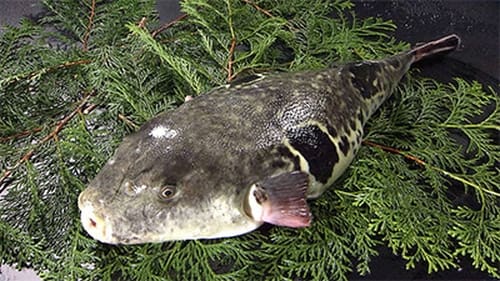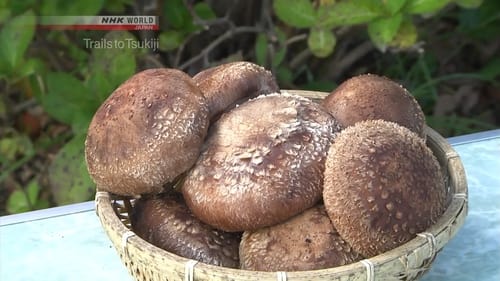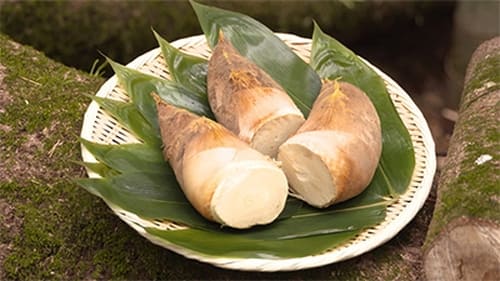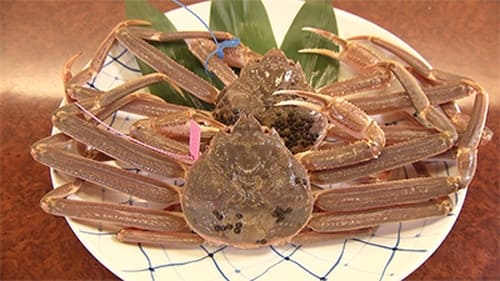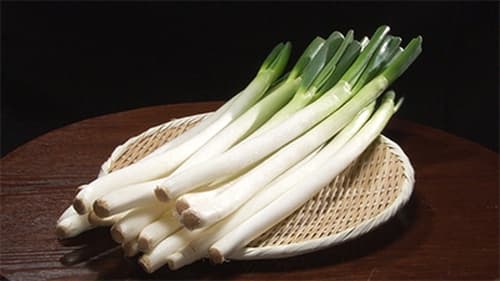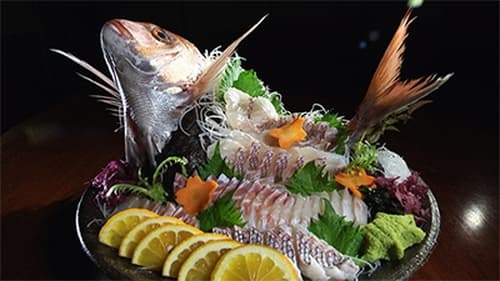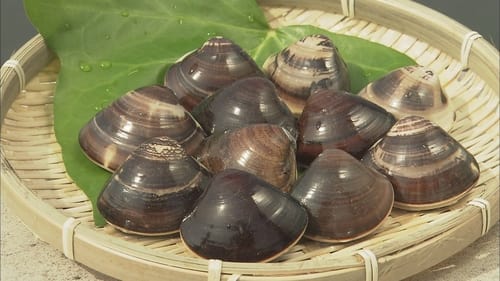
Documentary

The Best Episodes of Trails to Tsukiji
Every episode of Trails to Tsukiji ranked from best to worst. Let's dive into the Best Episodes of Trails to Tsukiji!

The Best Episodes of Trails to Tsukiji
Documentary
Every episode of Trails to Tsukiji ranked from best to worst. Let's dive into the Best Episodes of Trails to Tsukiji!
"Trails to Tsukiji" is a show that focuses on Japanese food available at Tokyo's iconic Tsukiji Market where every kind of fresh food is gathered...
Seasons5
Best Episodes Summary
"Maguro" is the best rated episode of "Trails to Tsukiji". It scored /10 based on 0 votes. Directed by Unknown and written by Unknown, it aired on 4/1/2015. This episode scored 0.0 points higher than the second highest rated, "Ichigo".
